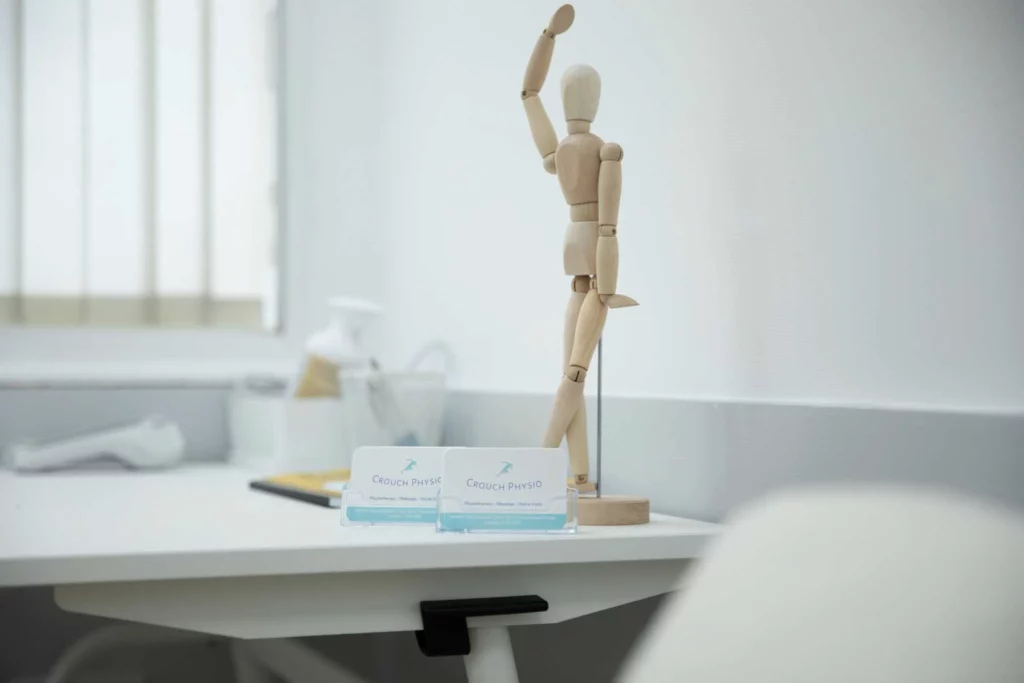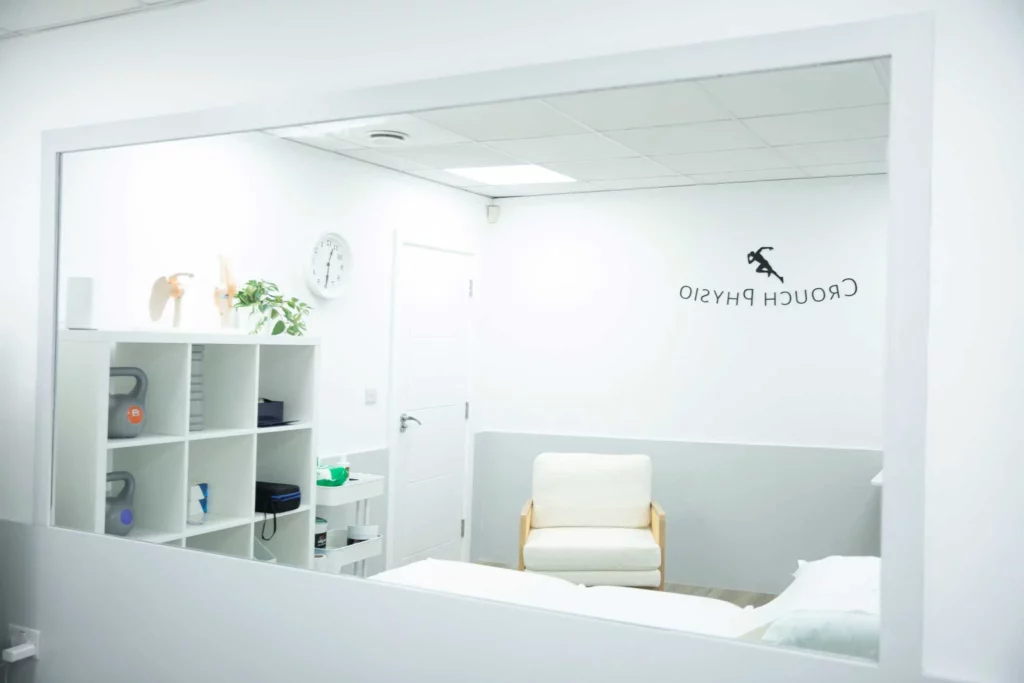Let’s talk about cervical myelopathy, a condition where the spinal cord gets compressed in the neck. It’s gradual, it’s often overlooked, and it can seriously affect someone’s ability to walk, grip, and basically do life. From a physiotherapist’s perspective, it’s one of those issues that highlights the importance of early detection and solid clinical reasoning.
What Causes It?
Cervical myelopathy is most commonly caused by degenerative changes in the cervical spine. We’re talking disc wear, osteophyte formation (those charming little bone spurs), and thickening of the spinal ligaments. All of this reduces space in the spinal canal, slowly pressing on the spinal cord (1).
Here are the usual culprits (2):
● Cervical spondylosis
● Disc prolapse
● Ossified ligaments
● Congenitally narrow spinal canal
It tends to creep in over time. People dismiss the early signs “just a bit of stiffness” or “probably slept funny” meanwhile their spinal cords are under pressure and their symptoms are getting worse.
What We Look For
When someone presents with vague symptoms like clumsiness, poor balance, or a stiff neck, cervical myelopathy needs to be somewhere on our list of differentials. The problem is, it doesn’t always shout, it often whispers. What I look out for:
● Neck stiffness or discomfort
● Clumsiness with hands—difficulty doing up buttons or holding a pen
● Wobbly or unsteady walking
● Weakness in the limbs
● Increased reflexes (hyperreflexia)
● Positive Hoffman’s or Babinski signs
● Numbness or tingling in the upper limbs
● Loss of coordination
● Bladder changes, like urgency (a late-stage sign but important to ask)
Neuro screening is essential, reflexes, motor power, sensation, coordination, proprioception. Gait analysis often reveals subtle balance problems before the patient even notices them.
If cervical myelopathy is suspected, we refer out. It’s a red flag condition and needs imaging, usually an MRI and possibly a spinal surgical opinion. Our role is to identify it early and make sure the patient gets where they need to go (3).
So What Can Physio Actually Do?
Here’s the reality: if it’s moderate to severe, surgery is often needed to decompress the spinal cord. Physio’s aren’t going to reverse compression, but we can absolutely help before and after surgery, and in milder cases, conservative treatment might be appropriate.
Conservative Management (for mild or non-surgical cases):
● Patient education: On posture, safe movement, and activity modification.
● Neck mobility and stability work: Gentle range-of-movement exercises, isometrics, scapula
strengthening (4).
● Thoracic mobility: Because a stiff upper back often contributes to poor neck function.
● Neural gliding techniques: Used with caution, particularly if there’s radicular pain.
● Balance training: Often needed even if the patient doesn’t notice the issue themselves.
● Fine motor retraining: Grip strength, hand coordination, functional tasks (5).
Post-Operative Rehab:
● Gradual restoration of movement (within the surgeon’s guidelines)
● Motor control and core stability
● Scar tissue management
● Gait retraining
● Building confidence and general conditioning (6)
Final Thoughts
Cervical myelopathy isn’t just “neck pain”. It’s a serious condition that can lead to long-term disability if missed. As physio’s, we’re in a good position to pick up on the early signs, before the patient even realises something more significant is going on.
If someone comes in with hand clumsiness, shaky walking, and a stiff neck, don’t chalk it up to old age or poor posture. Trust your instincts and screen properly. Catching it early can make all the difference.
Our Barnet, Cockfosters & Enfield Physio’s have tons of experience and are specialists in treating cervical myelopathy. Have confidence that our specialist Physiotherapists will closely assess, diagnose & treat you in the correct & evidence-based way for all injuries. You can book an appointment here.
Blog By: Emre Oz (Musculoskeletal Physiotherapist at Crouch Physio).
References
- Kim, Min Woo, Chang-Nam Kang, and Sung Hoon Choi. “Update of the natural history, pathophysiology,
and treatment strategies of degenerative cervical myelopathy: a narrative review.” Asian Spine Journal
17.1 (2023): 213. - Nouri, Aria, et al. “Degenerative cervical myelopathy: epidemiology, genetics, and pathogenesis.” Spine
40.12 (2015): E675-E693. - Cervellini, Matteo, et al. “Understanding degenerative cervical myelopathy in musculoskeletal practice.”
Journal of Manual & Manipulative Therapy (2025): 1-17. - Mańko, Grzegorz, et al. “Physiotherapeutic methods in the treatment of cervical discopathy and
degenerative cervical myelopathy: a prospective study.” Life 12.4 (2022): 513. - McCartney, Sarah, et al. “Cervical radiculopathy and cervical myelopathy: diagnosis and management in
primary care.” British Journal of General Practice 68.666 (2018): 44-46. - Badran, Abdul, et al. “Is there a role for postoperative physiotherapy in degenerative cervical myelopathy?
A systematic review.” Clinical rehabilitation 32.9 (2018): 1169-1174.




